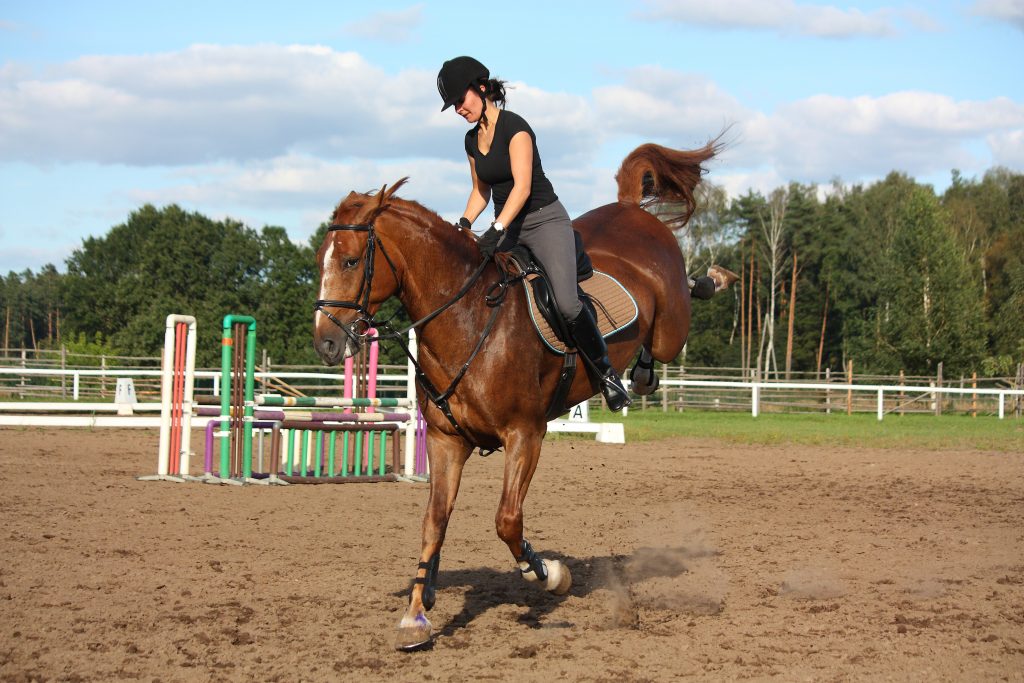Advice and Information
Endoscopy for Horses
By Dr Callum Macleod-Andrew, BSc BVSc MRCVS of Stride Equine Vets
Exploring Equine Endoscopy: A Vital Diagnostic Tool for Horse Health
One of the most powerful diagnostic tools in equine medicine is endoscopy. This minimally invasive procedure lets us view the internal structures of your horse’s body, providing invaluable insights into their health, leading to accurate diagnoses in real-time.
What is Equine Endoscopy?
An Endoscope is a long, flexible tube with a light and camera at the end. This device is inserted into the horse’s body through natural openings such as the nostrils, mouth, or rectum, so that we can examine internal organs and structures in real-time. The procedure is minimally invasive, meaning it typically requires only sedation and causes minimal discomfort to the horse.
Types of Equine Endoscopy
- Upper Airway Endoscopy: This focuses on the horse’s upper respiratory tract, including the nasal passages, larynx, and trachea. It’s commonly used to diagnose conditions such as laryngeal paralysis, asthma, nasal polyps or tumours, and respiratory infections such as Strangles bacteria found in the guttural pouches.
- Gastrointestinal Endoscopy: Also known as gastroscopy, this procedure examines the horse’s oesophagus, stomach, and initial part of the small intestine where possible. It’s particularly useful for diagnosing gastric ulcers, oesophageal obstructions, and stomach tumours.
- Arthroscopy: Although not strictly an endoscopy, arthroscopy involves the insertion of a tiny camera into a joint to diagnose and treat joint diseases. It’s highly effective for identifying and managing conditions like arthritis and cartilage damage, osteochondritis dissecans (OCD) and synovitis.
- Laparoscopy: This type of endoscopy involves the examination of the abdominal cavity. It’s used for both diagnostic and surgical purposes, such as investigating colic causes, performing biopsies, or even conducting certain surgical procedures with minimal invasiveness.

The Endoscopic Procedure
There are several steps to ensure the safety and comfort of the horse:
- Preparation: The horse is typically sedated to keep it calm and still during the procedure. Depending on the type of endoscopy, specific preparations like fasting might be required.
- Insertion: The endoscope is gently inserted into the horse’s body through a natural opening. For example, in upper airway endoscopy, the scope is inserted through the nostrils.
- Examination: Your vet carefully navigates the endoscope to the area of interest, capturing real-time images and videos for analysis.
- Sample Collection: If necessary, tissue samples (biopsies) are collected using specialised instruments passed through the endoscope.
- Recovery: After the procedure, the horse is monitored until the effects of sedation wear off, and it can return to normal activities.
Conclusion
Equine endoscopy has revolutionised the field of veterinary medicine, offering a less invasive, highly accurate method for diagnosing and treating various conditions in horses. By providing real-time visualisation of internal structures, it helps us make informed decisions that significantly enhance the health and well-being of your animal.

Call to ask any question
01420 551 365
Equine Services
Your Trusted Equine Partner
Expert veterinary care for horses in Surrey, Hampshire and the surrounding areas.

